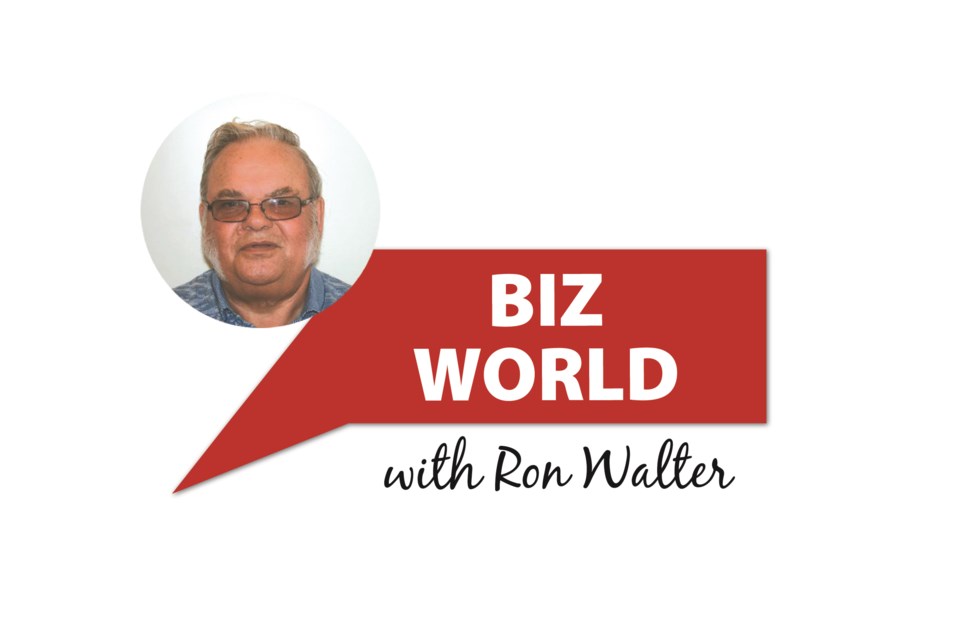Alberta premier-elect Jason Kenney plans a referendum on whether Albertans want to continue with the federal/provincial equalization payment plan.
Albertans generally are upset because, as Kenney says, they pay way more into the plan than they receive from the federal government.
The way Kenney and others talk equalization is a pot of money that wealthier provinces pay into and less wealthy provinces withdraw for their needs.
Nothing could be further from the truth.
There is no equalization pot of money. The money distributed by the federal government comes out of tax revenues collected across Canada.
Alberta can complain its taxpayers pay more federal taxes than their share. But the average per capita income in Alberta during 2017 was $78,213, some 33 per cent above the national average.
That was a year of relative recession with the oil patch reeling from low prices.
Saskatchewan's average per capita income in 2017 was $69,095 – second highest in Canada and 18 per cent above the national average.
The equalization formula developed by negotiations in the 1950s calculates payments from the feds based on the difference between per capita need and per capita revenue-generating ability.
The issue that angers leaders in Alberta, and to a lesser extent Saskatchewan and Newfoundland and Labrador, is use of resource revenues to calculate equalization payments, without including resources taxpayers from these three provinces would send much less tax revenue to Ottawa.
In this instance, the argument against equalization appears to be one of greed, not unfair sharing.
The family of Canadian provinces keeps squabbling over distribution of tax revenues.
One of the main concerns by Western taxpayers that politicians have picked up on relates to the huge amounts of money Quebec receives under equalization.
Opponents of equalization claim they subsidize poorer provinces like a welfare recipient, allowing Quebec, for example, to fund low university tuition and generous day care.
La Belle Province will receive almost 66 per cent of the $19.6 billion equalization in 2019-20. The payments amount to 17 per cent of the Quebec budget.
Other provinces on the receiving end since 2016 have been Manitoba, Nova Scotia, New Brunswick, Prince Edward Island and Ontario.
Once Ontario qualified for equalization some years ago, Alberta’s complaints grew as the equalization load shifted west. Ontario does not qualify this year.
Quebec gets the lion’s share of equalization payments because the payments from Ottawa are based on per capita needs. Quebec with 8.45 million people has 72 per cent of the population among the receiving provinces, therefore that province isn’t getting more than its share.
Some Saskatchewan taxpayers and politicians forget this province is only 13 years from having received these payments. Payments have accounted for eight to 10 per cent of budget revenues.
Equalization payments come in handy for the boom and bust resource economy like this province has. In fact, original demands for some kind of equalization payments came from Saskatchewan Premier James Gardiner during the 1930s Great Depression.
The family of Canadian provinces will continue to quarrel over equalization payments until all are equally poor, or equally wealthy.
Ron Walter can be reached at [email protected]



